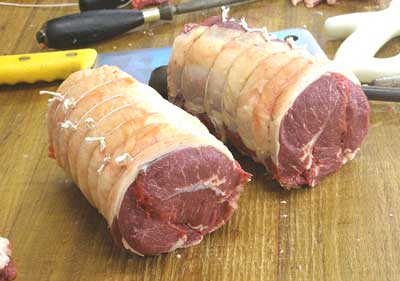
Blade meat. A sub-primal cut of the beef primal rib. It is the lean flesh overlying the rib eye and ribs.
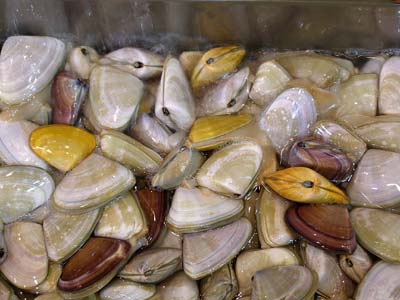
A small clam with a diameter of about 4 cm (1½ inches), plentiful in the Mediterranean and with a white, brown or purple shell. It is similar to the bean clam of North America.
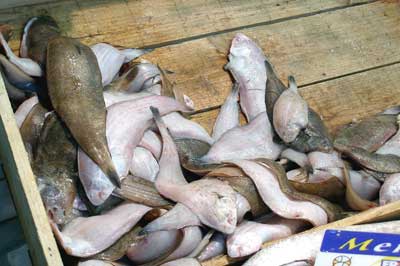
Wedge sole. A small, sought-after sole from the eastern Atlantic and found in Charentes and Poitou. Those caught around Sanlucar at the mouth of the Guadalquivir river these are highly sought after fish in Andalucia.
A particular Caerphilly cheese, made in Somerset, with a layer of chives, giving a distinctive flavour to the cheese. A smoked version is also available.
The weeping milk cap is a type of mushroom. (If gathering mushrooms you must be absolutely certain what you have before you eat them as many are very poisonous.)
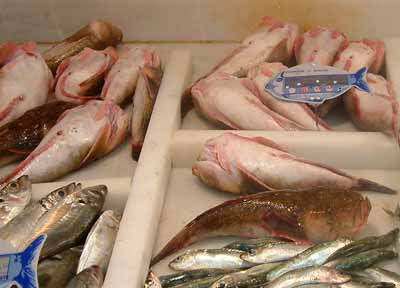
A marine fish with poisonous spines. Alec, of Padstow Angling Centre tells me that the greater weever is one of the finest fishes to eat. This is a place that knows its fish, so I look forward to trying it as soon as I can.
Atlantic rock oyster. A variety of oyster up to 15 cm (6") in length found on the American side of the Atlantic. Unlike many oysters this is usually cooked, served on the half shell. This is because it is quite a fatty oyster, particularly when large, which is improved by cooking. All down the eastern seaboard the Atlantic oyster is called after the area in which it is found, e.g. the Long Island oyster, Chesapeake Bay oysters and so on. The best known is probably the bluepoint.
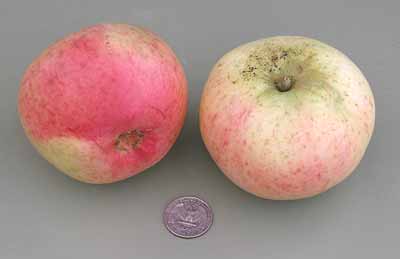
An old variety of cooking apple raised in the late 1700s by Richard Dumelow, after whom this apple was originally named. It was renamed Wellington in 1819. Mr Dumelow was a farmer near Ashby-de-la-Zouche. It cooks to a creamy purée and is traditionally used in making mincemeat. This is a late-season apple variety which is picked from early- to mid- October in South-East England and is at its best from November to April.